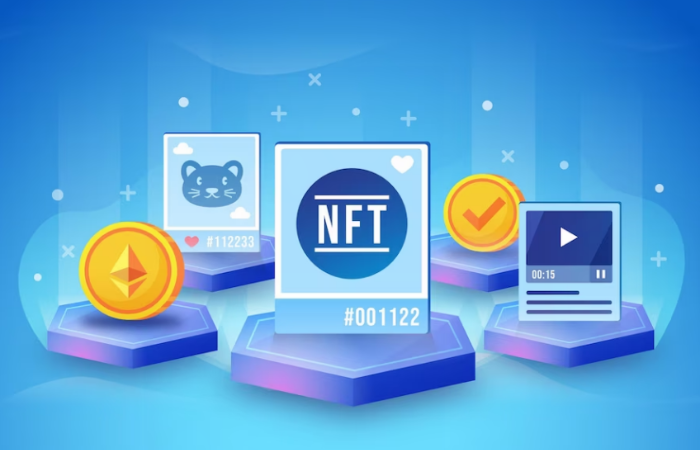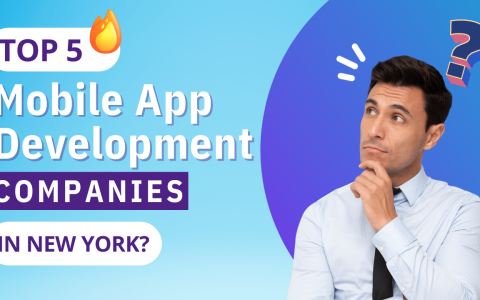
Much like Bitcoin was hailed as the digital solution to money, NFTs are being embraced as the digital solution to collectibles. However, many doubters see them as a bubble about to burst.
Find out what NFT is and whether it can finally fix digital art’s challenges.
What is the NFT?
An NFT is a digital asset representing real-life aspects such as movies, music, in-game products, and artwork. They are encoded using the same software as many other cryptos and are typically purchased and exchanged online using cryptocurrency.
Despite being accessible since 2014, NFTs are becoming more popular as a way to purchase and sell digital art. An astounding $174 million has been invested in NFTs since November 2017.
Along with having unique identification codes, NFTs are either one-of-a-kind or in a very limited run. Crypto expert and Yellow Umbrella Ventures Managing Director Arry Yu says, “Essentially, NFTs generate digital scarcity.” Yu also heads the Cascadia Blockchain Council at the Washington Technology Industry Association. This digital scarcity has sparked a surge in NFT marketplace development. Unlike most digital creations, which are almost always available in infinite amounts, this stands in stark contrast. Theoretically, reducing the supply of a highly sought-after asset should boost its value.
Nevertheless, many NFTs have consisted of digital works that preexist in other formats, for example, archived NBA game footage or securitized versions of digital artworks that were already popular on Instagram in the beginning.
For instance, “Beeple,” a renowned digital artist, made “EVERYDAYS: The First 5000 Days,” the most well-known NFT of its time, and it broke records when it sold for $69.3 million at Christie’s.
You can see the full collage of photographs, or just one at a time, online for nothing. People are willing to shell out millions of dollars for something that might be easily downloaded or screenshotted.
Since the buyer can retain the original item in a non-monetary transaction, built-in authentication, which proves ownership, is included. In the eyes of collectors, those “digital bragging rights” are worth nearly as much as the physical item.
There are a number of places online where you can buy NFTs; some provide more specialized things, such as digital trading cards, while others cater to a wider variety of interests. You can’t make a purchase without Bitcoin, and the wallet you use must be specific to the marketplace.
The history
In 2014, software entrepreneur Anil Dash and digital artist Kevin McCoy made Quantum, a pixelated octagon that changed colours—the first usage of NFT. Only three months after the Ethereum blockchain was established, the first fully-fledged NFT project was constructed and showcased at DEVCON 1.
Several NFT projects emerged with the Ethereum blockchain’s meteoric rise to prominence, challenging more established token systems built on Bitcoin. While projects like Cryptopunks, Colored Coins, and Rare Pepes were instrumental in creating NFT, it wasn’t until October 2017, when CryptoKitties was introduced, that the technology was widely used. As a result of the sale of several digital cats built on the blockchain for over $100,000, the NFT ecosystem went boom. This is the place.
Features of NFT
- Unique- The token data generally includes each NFT’s unique property. No two NFTs are identical, and each NFT has its own unique personality. Contrarily, a.jpg and its original counterpart, image.jpg, are indistinguishable from one another.
- Resource with limited digital storage space—NFTs are stored on the blockchain network. Consequently, the certificate of ownership can be found on several networks, making it possible to show who owns a digital asset.
- There is no way to acquire or transfer a fraction of an NFT, and most cannot be divided into smaller denominations.
- Transferred Asset Ownership- These tokens serve as a guarantee for the transferred asset’s ownership.
- They are resistant to fraud and may be transferred effortlessly.
Working of NFTs
Many NFTs are created and stored on the Ethereum network, but other blockchains (such as Flow and Tezos) also support them. The ownership of the NFT can be easily verified and tracked thanks to the blockchain, but the individual or organization holding the token can stay anonymous.
Digital commodities such as artwork, game objects, and live broadcast stills or video can be “tokenized”; one of the main NFT marketplaces is NBA Top Shots.
It makes no difference how large the digital object’s file is as long as it remains separate from the blockchain and the NFT that transfers ownership is added to it.
Non-fungible tokens (NFTs) are distinct tokens that provide extra data to the Ethereum network. The crucial part is the supplementary data that lets them be represented as media files like JPGs, MP3s, videos, GIFs, etc. Because of their monetary worth, which is based on supply and demand in the market, they may be bought and sold just like any other kind of art.
This in no way implies that there is a singular digital rendition of an NFT piece for sale. Like art prints, duplicates of NFTs can be made, used, bought, and sold on the blockchain, but their value will be lower than that of the original.
It is not always the case that copyright or licence rights are include with the purchase; it depends on the NFT. Purchasing a limited-edition print does not grant you ownership of the image. As the technology and concept behind NFTs advance, they may find many applications beyond the art world.
Employers can swiftly verify a candidate’s education if a school, for instance, issues an NFT to degree recipients. On the other hand, venues can use NFTs to sell and monitor tickets, which could cut down on resale fraud.
NFT benefits
Among the benefits of NFTs that are frequently mention are:
Ownership
The main advantage of non-fungible tokens is their ownership-proof feature. Being on a blockchain network, NFTs can help link ownership to a single account. The ownership advantages of NFTs also shield customers from the possibility of obtaining fake NFTs.
Opponents of NFTs have openly stated that anyone could just take pictures of NFTs and sell or give them away for nothing. On the other hand, an image of the NFT is available. You must first ascertain whether you are the asset’s owner. For example, you do not become the owner of a photograph you download from the internet of the Mona Lisa.
Authenticity
The main factor influencing the advantages of non-fungible tokens is their individuality. The unique qualities of NFTs show that they have the ability to add value. In order to generate supply scarcity, NFT producers can also choose to release a restricted number of NFTs at the same time.
Certain NFTs allow authors to create many duplicates in the same way as tickets are create. On the other hand, the blockchain’s immutability ensures the authenticity of NFTs.
Immutability ensures that blockchain-based NFTs are immune to additions, deletions, or modifications. NFTs may, therefore, easily market their authenticity as the most desired quality.
Transferability
Many games offer in-game goods that players may buy to improve their gaming experience. On the other hand, players are unable to utilize the in-game items outside of the game’s environment. Moreover, players risk losing their money on in-game purchases if the game becomes outdated.
Regarding NFT token development, video games may produce NFTs for in-game items that users may store in their virtual wallets. After that, players can use the in-game items outside of the game or even sell them for cash.
Since NFTs are based on smart contracts, ownership transfers are simple when using them.
In conclusion
Without a doubt, one of the most significant advancements in online commerce is the use of non-fungible tokens. Moreover, their advantages are now compelling selling points for a range of customers. Non-fungible tokens have many advantages and a promising future, but it’s important to understand their limitations.
For example, the absence of regulations and a universally accepted infrastructure for NFTs. Creates a number of obstacles to their adoption.



